Name Coulton Waugh Role Cartoonist | Died May 23, 1973 | |
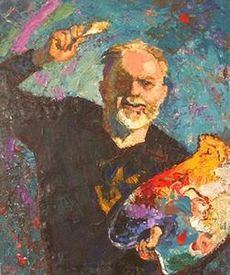 | ||
Books The comics, How to Paint with a Knife, Landscape Painting with a Knife | ||
Frederick Coulton Waugh (; 10 March 1896, Cornwall, England – 23 May 1973) was a cartoonist, painter, teacher and author, best known for his illustration work on the comic strip Dickie Dare and his book The Comics (1947), the first major study of the field.
Contents

His father was the marine artist Frederick Judd Waugh, and his grandfather was the Philadelphia portrait painter Samuel Waugh. Born in Cornwall, England, in 1896, in 1907 his family moved to the United States, and Waugh was enrolled at New York's Art Students League where he studied with George Bridgman, Frank Dumond and John Carlson.
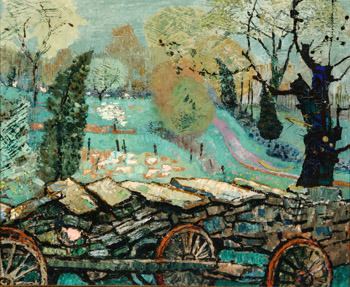
By 1916 Coulton was employed as a textile designer. Two years later, he married Elizabeth Jenkinson. In 1921 the couple moved to Provincetown, Massachusetts where they operated a model ship and hooked rug shop for 11 years. His paintings were displayed at New York's Hudson Walker Gallery, and he also was known for his pictorial maps and hand-colored lithographs.
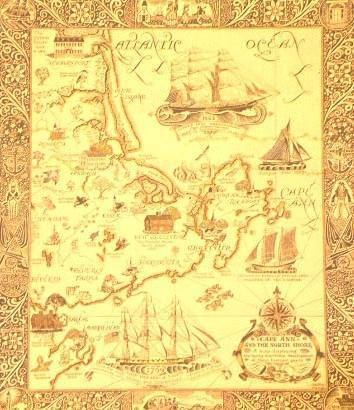
Maps
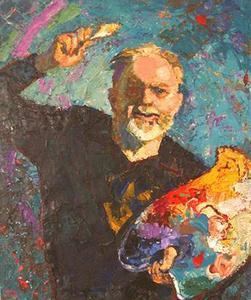
In Provincetown he created decorative maps, including ones of Provincetown (1924), Cape Cod (1926) and Newburgh, New York (1958). His map of California (1948) was a collaboration with his wife Odin Burvik (Mabel Burwick). One of his Cape Cod maps was detailed by Laura Guadnazno in the Provincetown Banner:

Comic strips
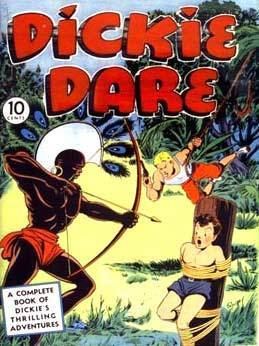
Created by Milton Caniff, Dickie Dare began 31 July 1933. Imaginative 12-year-old Dickie, who dreamed himself into adventures with characters from history, was joined in 1934 with writer Dan Flynn, a friend of Dickie's father, and the two had many seagoing adventures. When Caniff left in 1934 to do Terry and the Pirates, Waugh began drawing Dickie Dare in the middle of a story. In 1944, when Waugh left the strip to work on Hank (1945), his wife and assistant, Odin Burvik, took over Dickie Dare in 1944-47, followed by Fran Matera (1948–49). But Waugh eventually returned to the strip in 1950-58 with the 12-year-old Dickie growing up to become a Navy Cadet.
Between his stints on Dickie Dare, Waugh created his own short-lived but notable strip, Hank, which began 30 April 1945 in the New York newspaper PM. The story of a disabled GI returning to civilian life, Hank had a unique look due to Waugh's decorative art style, combined with dialogue lettered in upper and lower case rather than the accepted convention of all upper case lettering in balloons and captions. Some balloons were done with white lettering in black balloons. The uniqueness of Hank continued below its surface, as Waugh sought to raise questions about the reasons for war, and how it might be prevented by the next generation. Waugh discontinued it at the very end of 1945 due to eyestrain.
Books
Waugh's 1947 survey, The Comics, was the first comprehensive history and analysis of comic strips. The book was reviewed in 1948 as fulfilling "the need for a thoroughgoing study of this flourishing branch of popular literature". Waugh also wrote a series of instructional books, including two on painting with palette knives, and he was the editor during the 1940s and 1950s of the textbooks used in the home study course of Art Instruction, Inc. His other books include Space Answer Book (1972) and Fish and Underwater Life.
During the 1930s and 1940s, Waugh's studio was in suburban Newburgh, New York. His works are held in the collections of museums in Ohio, New York and Iowa. His papers are held at the University of Syracuse and the Archives of American Art.
